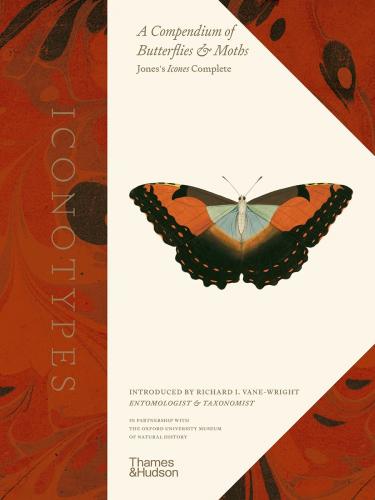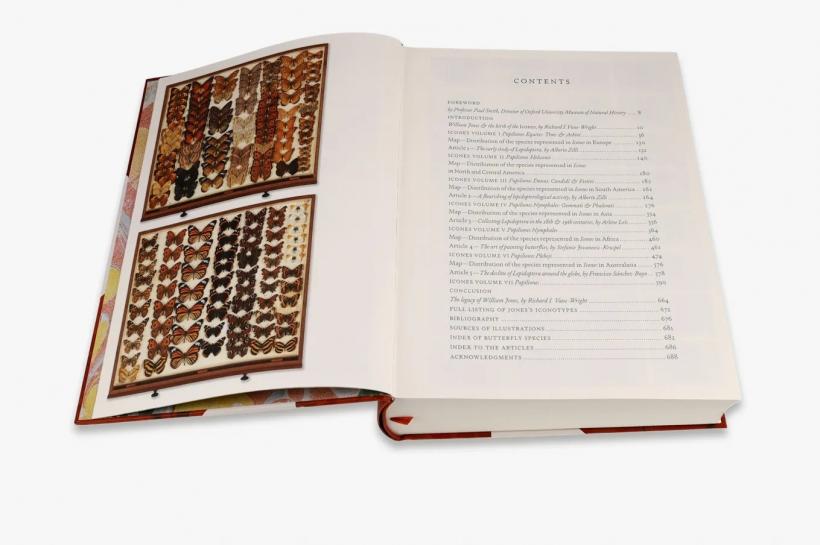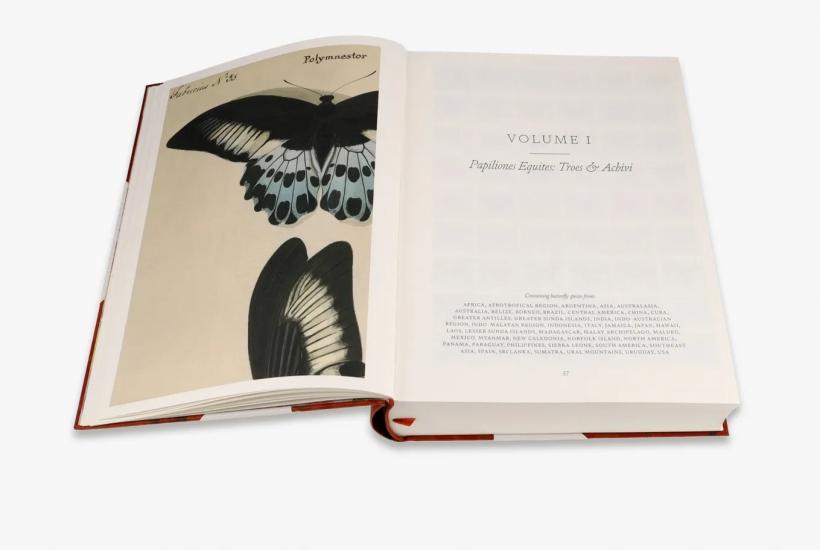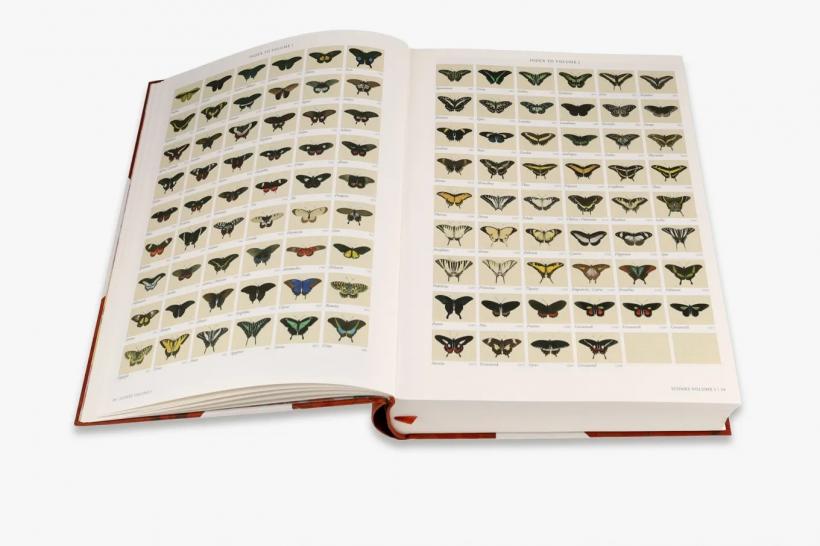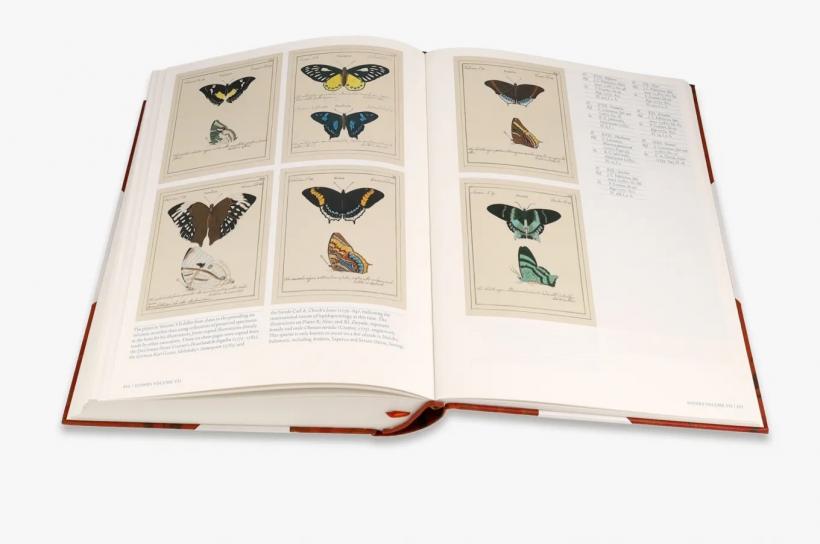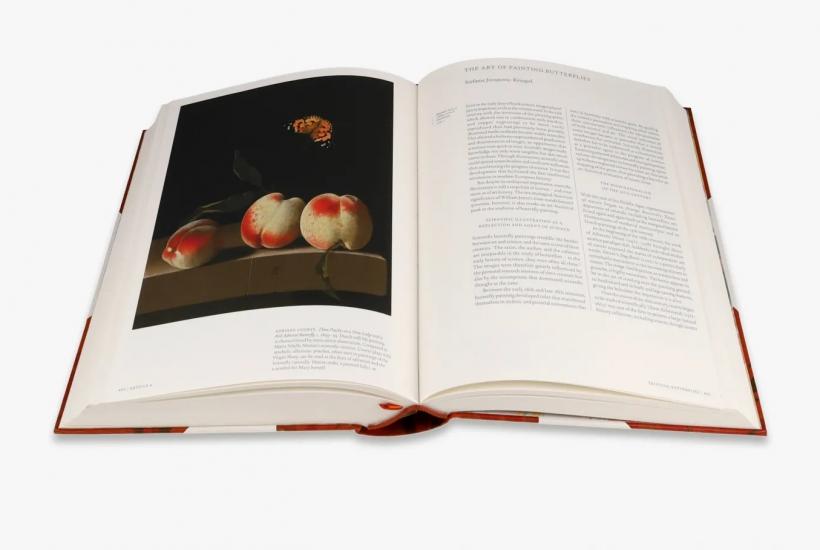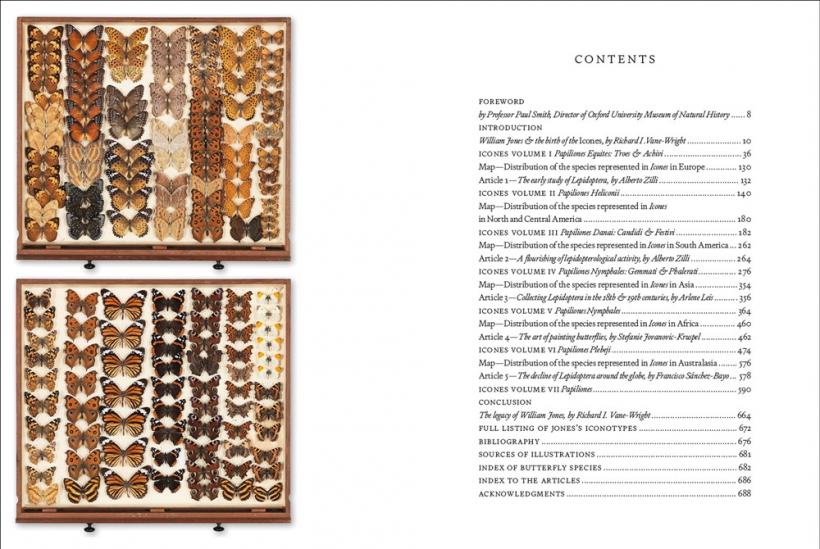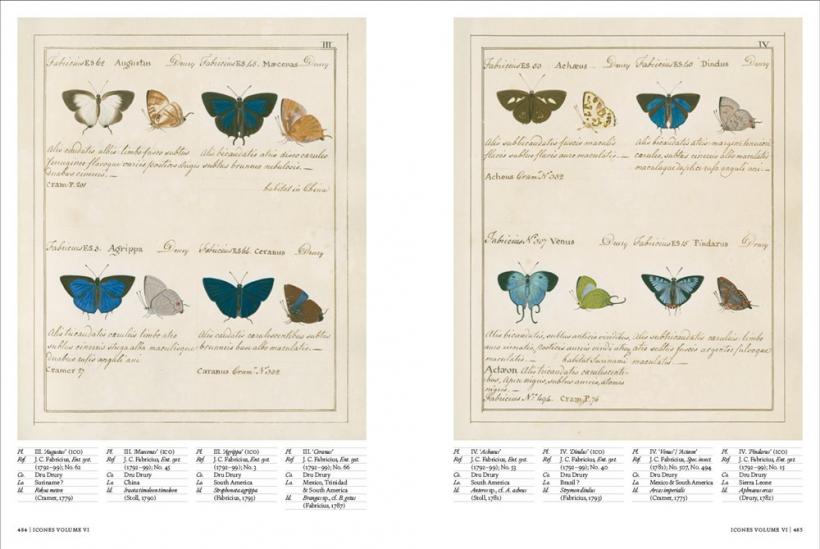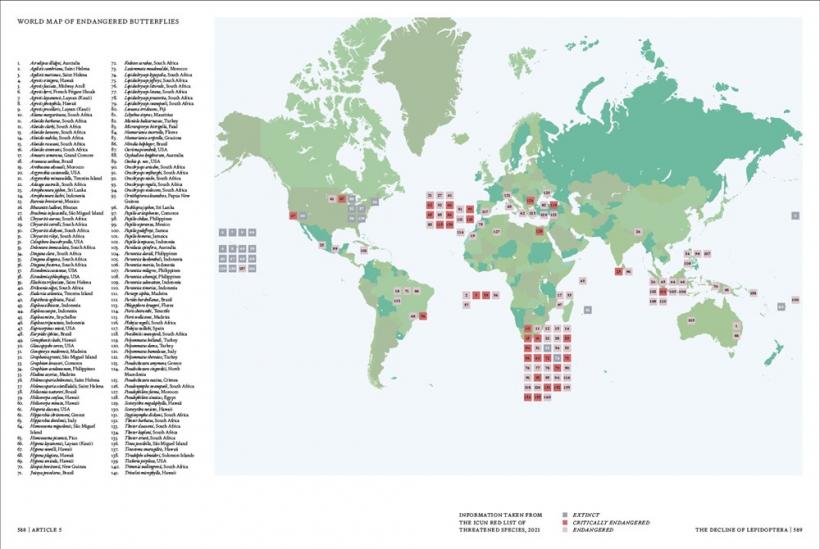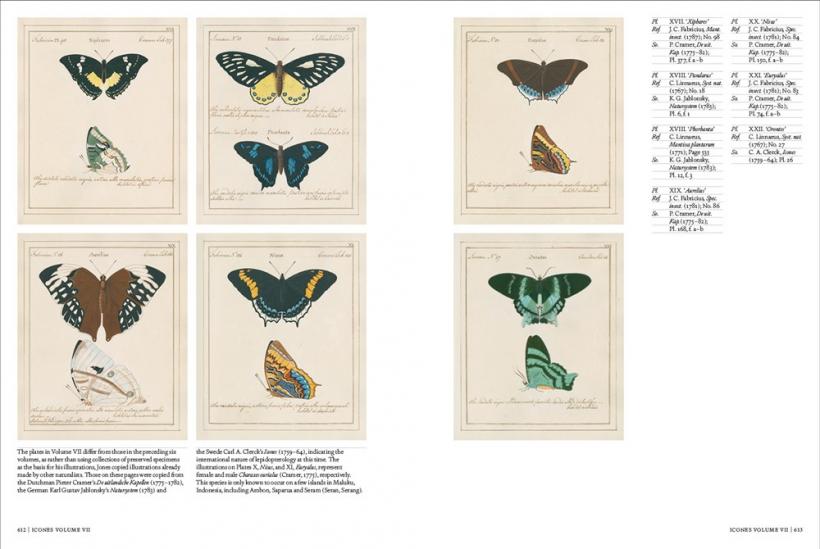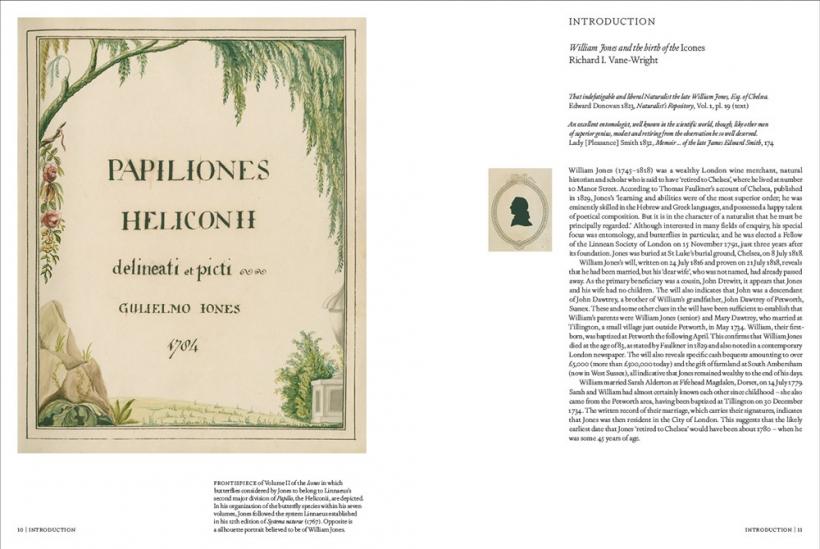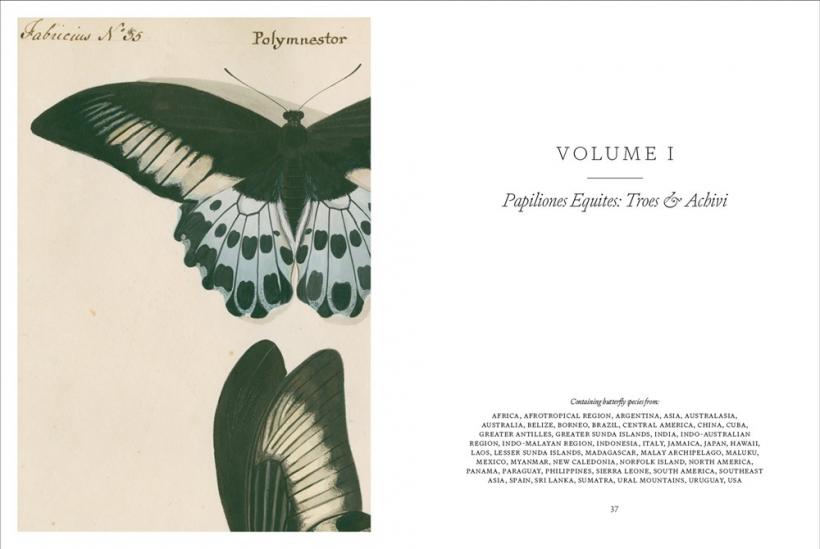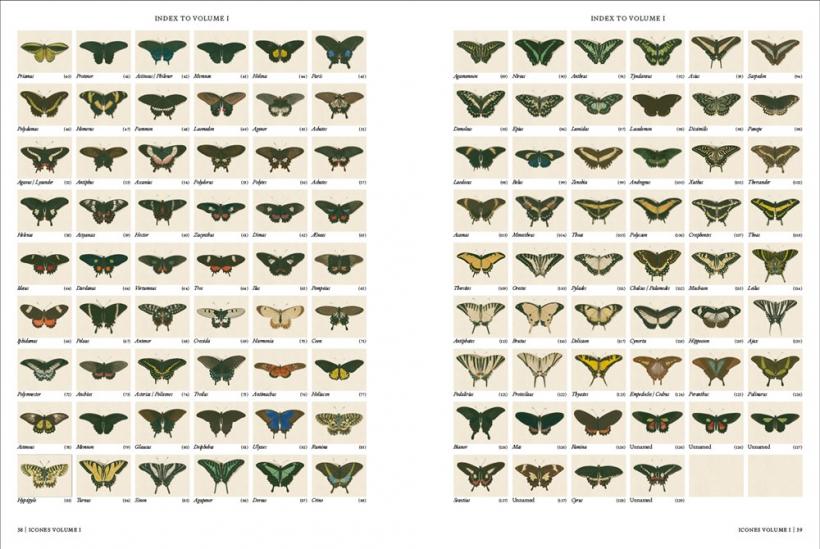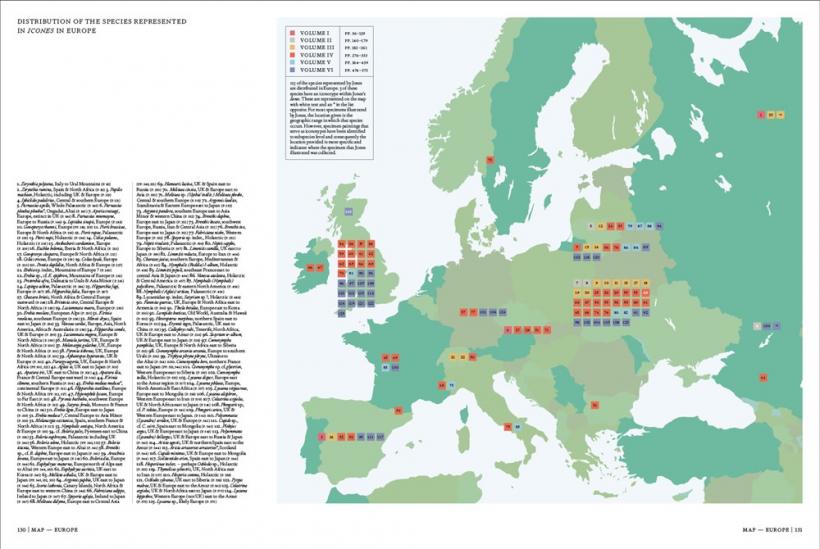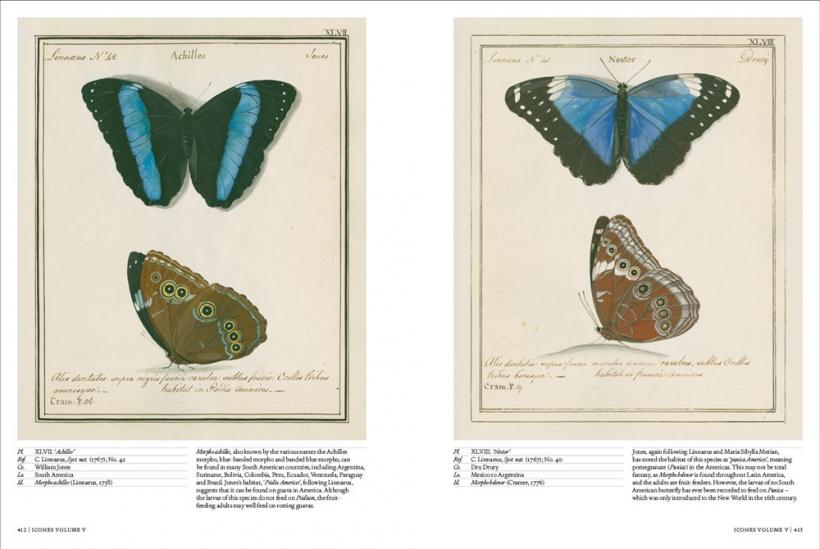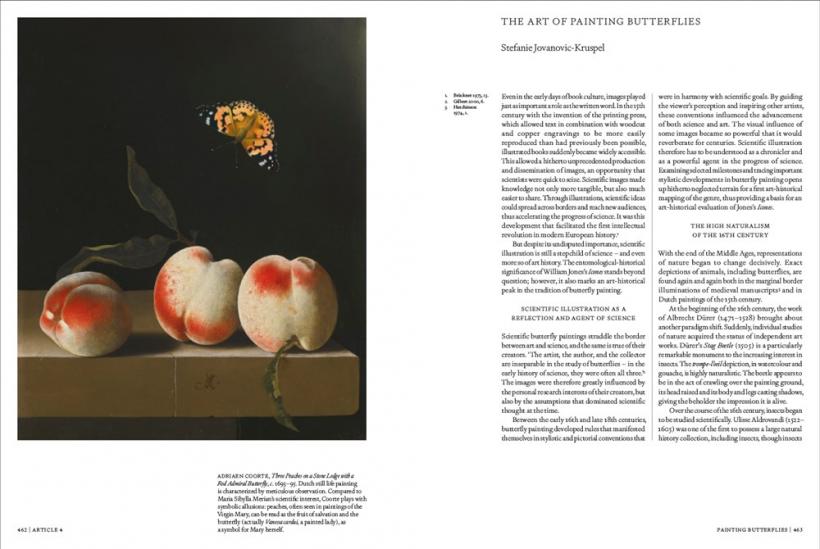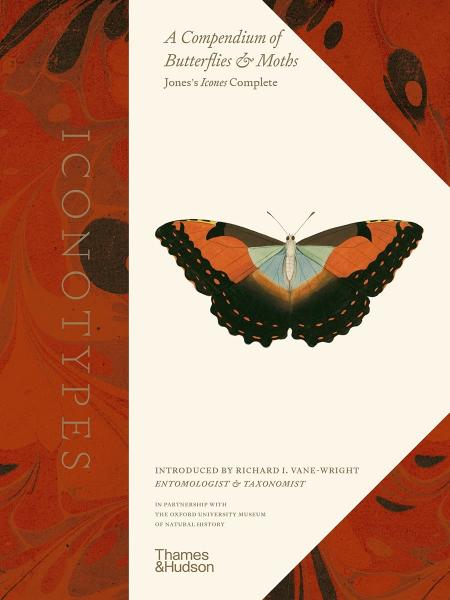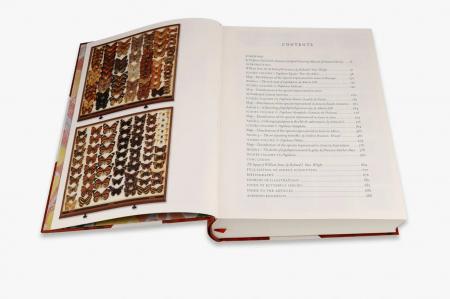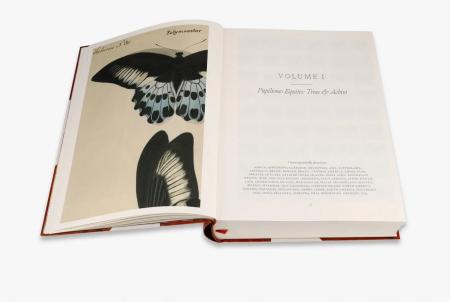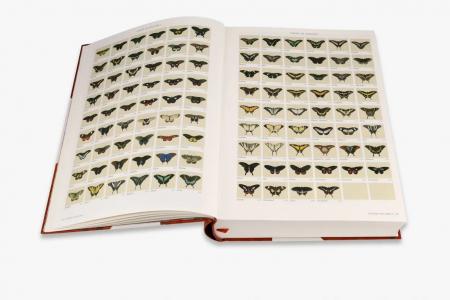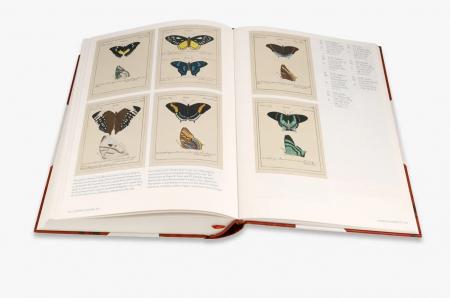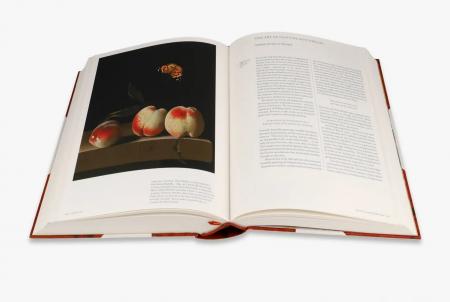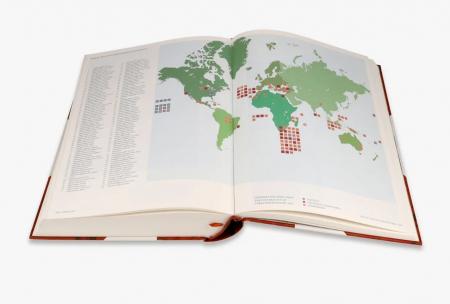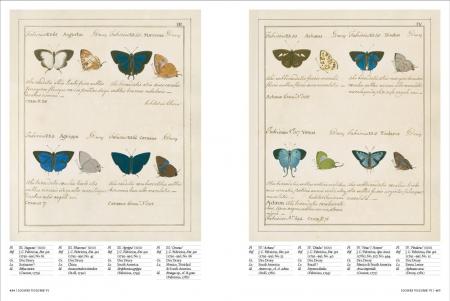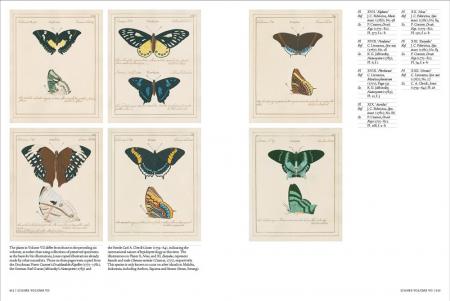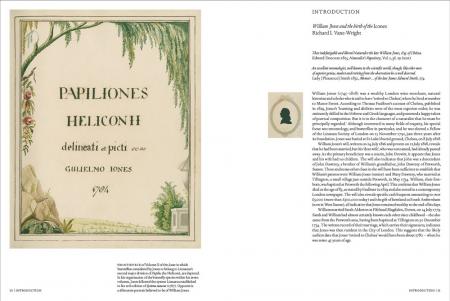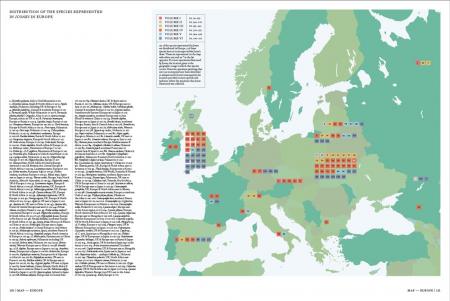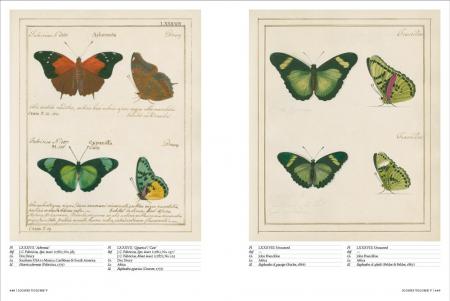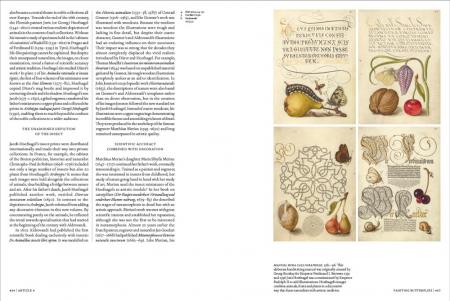Iconotypes: A Compendium of Butterflies and Moths. Jones’s Icones Complete
Richard I. Vane-Wright
Цена:
3500
грн
Доступно под заказ
ID:
14496
Переплёт:
Hardcover, 18.8 x 25 cm
Количество страниц:
688; illustrations: 1600
Год издания:
2021
Язык:
English
ISBN-13:
9780500024324
An enhanced facsimile of Jones's Icones, one of the most scientifically important and visually stunning works on butterflies and moths ever created
Jones’s Icones contains finely delineated paintings of more than 760 species of Lepidoptera, many of which it described for the first time, marking a critical moment in the study of natural history. With Iconotypes Jones’s seminal work is published for the first time, accompanied by expert commentary and contextual essays, and featuring annotated maps showing the location of each species.
Jones painted the species between the early 1780s and 1800, drawing from his own collection and the collections of Joseph Banks, Dru Drury, Sir James Edward Smith, John Francillon, the British Museum and the Linnean Society. For every specimen painting he provided a species name, the collection from which it was taken and the geographical location in which it was found. In 1787, during a visit to London, the Danish scientist Johann Christian Fabricius studied Jones’s paintings and based 231 species of butterfly and moths on them. In this enhanced facsimile, Jones’s references to historic references are clarified and modern taxonomic names are provided, together with notes on which paintings serve as iconotypes. Contextual commentary by specialist entomologist Richard I. Vane-Wright gives an account of Jones’s life and his motivation for collecting butterflies and creating the Icones, and evaluates the significance of his work. Interspersed at intervals between the pages of Jones’s paintings are modern maps showing the location of each species painted, and expert essays on the development of lepidoptery and taxonomy after Linneaus, and the roles of collectors and natural history artists from the late 1700s to mid-1800s.
Contents List:
Foreword by Professor Paul Smith, Director of Oxford University Museum of Natural History
Introduction: William Jones & the Birth of the Icones by Richard I .Vane-Wright
Icones Volume I: Papiliones Equites: Troes & Achivi
Map—Distribution of iconotype species in Europe
Article—The early study of Lepidoptera by Alberto Zilli
Icones Volume II: Papiliones Heliconii
Map—Distribution of iconotype species in North & Central America
Icones Volume III: Papiliones Danai: Candidi & Festivi
Map—Distribution of iconotype species in South America
Article—A flourishing of lepidopterological activity by Alberto Zilli
Icones Volume IV: Papiliones Nymphales: Gemmati & Phalerati
Map—Distribution of iconotype species in Asia
Article—Collecting Lepidoptera in the 18th & 19th centuries by Arlene Leis
Icones Volume V: Papiliones Nymphales
Map—Distribution of iconotype species in Africa
Article—The art of painting butterflies by Stefanie Jovanovic-Kruspel
Icones Volume VI: Papiliones Plebeji
Map—Distribution of iconotype species in Australasia
Article—The decline of Lepidoptera around the globe by Francisco Sánchez-Bayo
Icones Volume VII: Papiliones
Conclusion: The Legacy of William Jones by Richard I. Vane-Wright
Full listing of Jones’s iconotypes
Bibliography
Sources of illustrations
Index to the butterflies
Index to the articles
Acknowledgments
About the Author:
Oxford University Museum of Natural History conserves in its archives the only manuscript copy of Jones’s Icones in existence in the world, together with Jones’s surviving papers, correspondence, field notebooks and butterfly and moth collection.
Richard I. Vane-Wright is an entomologist and taxonomist who has been associated with the Natural History Museum for nearly sixty years. A specialist on butterflies, he retired from the museum in 2004 as Head Keeper of the Department of Entomology. He has 250 journal publications to his name, and books including Milkweed Butterflies and The Seymer Legacy. He is also involved with biodiversity conservation and local entomological projects.
